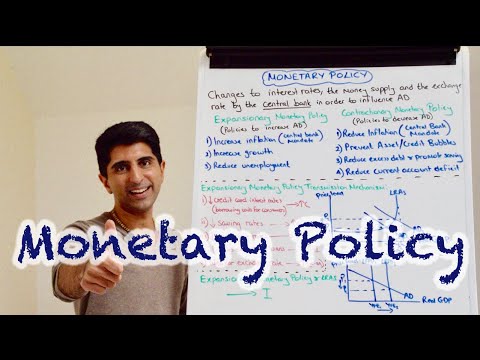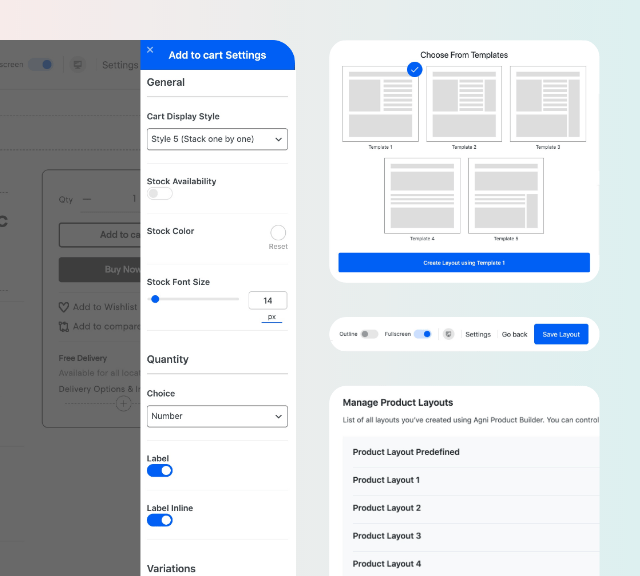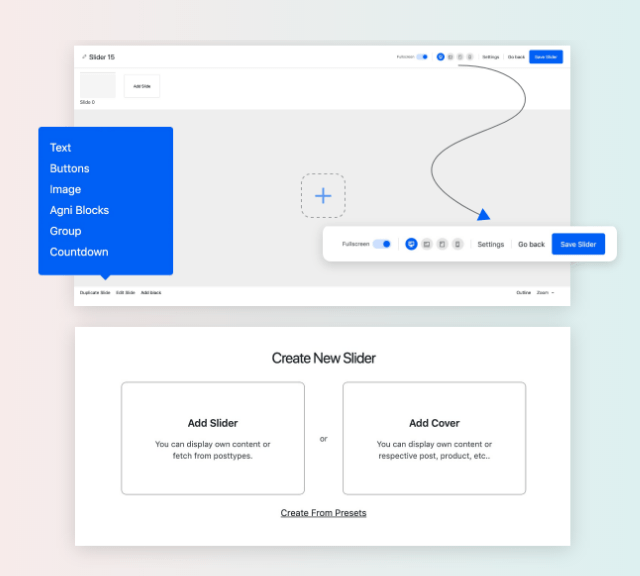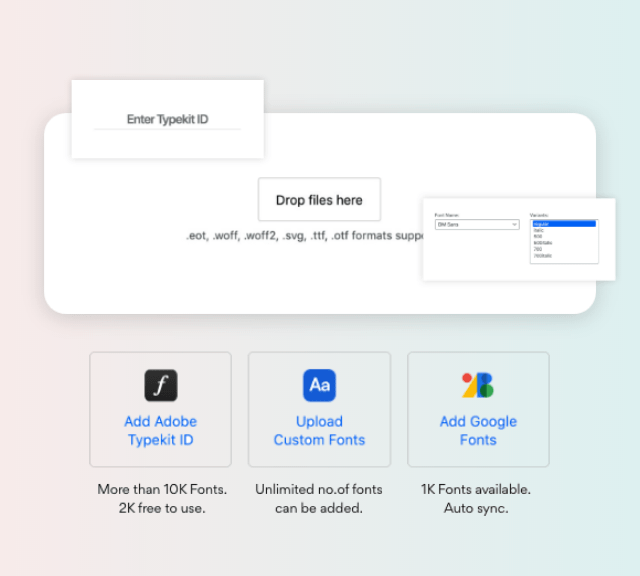
This negative feedback loop generates higher unemployment, even lower prices and even less spending. Throughout most of U.S. history, periods of deflation usually go hand in hand with severe economic downturns. While deflation may seem like a good thing, it can signal an impending recession and hard economic times.
This analysis will then form the Consumer Prices Index (CPI), which is then used to find the rate of inflation. Aluminium prices have fallen over 30% from their all-time high hit in March 2022 as weakness in demand from top consumer China continues to hurt prices. Iron ore prices continue to tumble in 2022 on souring demand outlook and rising inventories in Chinese steel mills. For now, the Fed’s ultra-hawkish stance has helped bring down copper prices to 17-month lows.
As long as consumer confidence remains high, a reduction in consumer prices doesn’t mean that stock prices will drop. Prices still remain higher, though the pace at which those price increases occur https://1investing.in/ begins to change. In some cases, the inflation rate can drop, though it still remains positive. For instance, you can have disinflation if the inflation rate moves from 9% to 8% year-over-year.
Content: Deflation Vs Disinflation
It is generally agreed by banks, and actually agreed between the Bank of England and the UK government, that the inflation rate needs to be at 2%. If the inflation rate rises beyond this, then banks will need to step in to try and reduce it. For example, the inflation rate is at 10.1% in the UK at the time of writing, which means that within one year, all goods and services will be 10.1% more expensive. The Bank of England has increased interest rates, which has been done to cause disinflation, and therefore reduce the inflation rate.
Fast forward to today, when the average cost of a movie ticket is around $10. In 2000, a person with $10 could buy two tickets, but today that same $10 can only buy one ticket. We do not manage client funds or hold custody of assets, we help users connect with relevant financial advisors.
When demand falls the prices of goods and services will fall until it reaches a level at which people can afford the cost. The reduction in demand for goods and services will further fuel unemployment levels. For understanding the term deflation and disinflation, it is necessary to know the meaning of inflation, which is a situation when the prices of the economic output rise. When the rate of inflation slows down, it is disinflation, and it continues until the rate is zero, but when the rate is less than zero, it is deflation. The basic difference between these two is that deflation is the result of a fall in the overall price level while disinflation is the outcome of a fall in the inflation rate. Many think that deflation and disinflation are synonymous and use them interchangeably as they lead to fall in the general price level, due to which money supply in the economy declines.
Of course, shrinkflation is still bad for consumers because they are getting less for their money. In some cases, a slowdown in the rate of inflation can also arise during an economic recession. For example, in a recession, businesses may refrain from increasing their price levels to gain more customers (causing disinflation). Unlike inflation and deflation, disinflation is the change in the rate of inflation. Prices do not drop during periods of disinflation and it does not signal an economic slowdown.
Are FTSE 100 Retailers Tesco and Sainsbury’s Worth Buying? – Investing Reviews
Are FTSE 100 Retailers Tesco and Sainsbury’s Worth Buying?.
Posted: Wed, 13 Sep 2023 04:00:04 GMT [source]
While low prices might sound like a good thing, deflation indicates a struggling economy and can hurt growth. Deflation usually occurs when the money supply shrinks, or there’s a large decrease in spending from the government, corporations, or individuals. All of these situations lessen demand, which in turn drives prices down and creates deflation. During periods of deflation, the best place for people to hold money is generally in cash investments, which don’t earn much, if any, returns. Other types of investments, like stocks, corporate bonds, and real estate investments, are riskier when there’s deflation because businesses can face very difficult times or fail entirely. Deflation is when consumer and asset prices decrease over time, and purchasing power increases.
Again, this may seem like a positive at first—if a cart full of food costs $150 today, what’s wrong with it costing $140 tomorrow? The problem is that as the prices of goods and services decrease, the relative value of cash increases. More investors end up flocking to quality assets that promise a safer investment vehicle. A drop in prices—and, therefore, supply and demand—will hurt the profitability of companies, leading to the erosion of share value. Deflation (and inflation) rates can be calculated using the consumer price index (CPI). This index measures the changes in the price levels of a basket of goods and services.
How Do Fiscal and Monetary Policies Affect Aggregate Demand?
The housing market is considered the most rate-sensitive sector and economic data is indicating that rising interest rates are cooling housing demand. Investors remain divided over the outcome of the US Federal Reserve’s (Fed) rate hike policy. Many remain optimistic that the Fed can pull off a soft landing as early signs of slowing inflation begin to take shape in the form of falling commodity prices.
Goldman Sachs Research said the housing market has headwinds in supply remaining tight in many geographies including US, Canada, UK and New Zealand. In April, sales of new US single-family homes slumped to a two-year low as home buyers became hesitant on higher mortgage rates. As of 5 July, Brent crude and WTI are trading around $107 and $102, respectively, as attention has shifted from supply concerns to demand weakening due to a possible global recession. Japan, which has been suffering from prolonged deflationary economic conditions since the 1990s, is the most widely quoted deflation example. Can you explain the difference between the cost and price of something?
Good economic policies and monetary and fiscal intervention help keep deflation and disinflation in check. Hence, governments must nip deflation in the bud at the first sign of it. In certain cases, disinflation may serve as a warning of an incoming recession or, in rare cases, depression. Federal Reserve when it wants to describe a period of slowing inflation. Unlike deflation, this is not harmful to the economy because the inflation rate is reduced marginally over a short-term period. Deflation is a phenomenon, which is exactly the opposite of inflation.
Disinflation: Definition, How It Works, Triggers, and Example
Inflation was 0.8% from 2015 to 2016 and further decreased to 0.4% from 2016 to 2017. SmartAsset Advisors, LLC (“SmartAsset”), a wholly owned subsidiary of Financial Insight Technology, is registered with the U.S. SmartAsset does not review the ongoing performance of any RIA/IAR, participate in the management of any user’s account by an RIA/IAR or provide advice regarding specific investments. Certain types of bonds may be a safer bet than others during deflation. For instance, you may want to favor bonds from issuers with a higher credit rating, which can carry lower default risk. While junk bonds could produce higher returns, you’re also taking much more risk with them, something you may not be comfortable with if the economy is shaky.
Among these is a “wildly unbalanced economy, with too little consumer demand, kept afloat only by a hypertrophied real estate sector, and its working-age population is declining”. Combined with declining international trade and spiralling government debt, this will have “large implications”, said Evans-Pritchard at The Telegraph. China remains the “workshop of the world”, with the scale to shift the global pricing structure that could have serious consequences if Beijing decides to export its way out of an economic depression. Insights into the political and economic events worldwide that can cause currencies to change and how this can affect your FX business. As of 5 July, the Baltic Exchange Dry index, a shipping and trade index that measures the cost of transporting goods, has fallen about 60% below its 13-year high hit in October 2021.
What is inflation?
Deflation, on the other hand, describes actual decreases in prices, not a decrease in the rate that inflation is rising. These periods of rapid price increases are often accompanied by a breakdown in the underlying real economy. However, inflation that begins to rise too quickly degrades the value of cash relative to goods and services, compelling people to spend rather than save. The increased spending fuels more inflation, which can ultimately result in hyperinflation—an extremely adverse condition that’s often accompanied by social upheaval.

Generally, inflation rate is calculated as the average price change in a basket of commodities and services at a particular time period. There has been long debate in the economic world about the true effects of deflation, and the extent of its effects. Much like inflation, there are many who argue that a small amount of deflation is healthy for an economy. However, there have been many damaging effects of deflation, for example, triggering a deflationary spiral. The UK is currently in a period of high inflation of 10.1%, and the Bank of England has been increasing its interest rates since last year in an effort to reduce these inflation rates and avoid a recession. While the UK managed to recently avoid falling into one, it is not out of the woods yet.
In reality, inflation can be either good or bad, depending on the reasons for it and the level of inflation. In fact, a complete lack of inflation can be quite bad for the economy, as we will see below with deflation. Inflation rate is widely based on the final combined value of consumer price index or CPI. The CPI measures the change in percentage of the price of goods and services utilized by households. However, in India the inflation rate has been in double digits for the past 17 consecutive months. India’s wholesale inflation eased to 12.41% in August 2022 compared to 13.93% month on month.
Unlike deflation, disinflation doesn’t refer to the rise or fall of the price directly, but rather to the slowing rate of price growth. We take a look at the key difference between deflation and disinflation and whether we are observing early signals of deflation vs disinflation in the current macroeconomic environment. The word stagflation refers to a situation in which an economy is experiencing high inflation, high unemployment, and stagnant economic growth. Understanding how disinflation ad deflation differ matters if you’re interested in how consumer price movements may affect your portfolio. Between the two, it’s important to remember that deflation has the potential to be more harmful, though it’s far less common than disinflation. Working with the right financial advisor can give you the confidence to invest for growth during deflation or any other potential difficult investing event.
In general, though, both inflation and deflation go hand in hand with the concept of supply and demand. In economics, deflation is “a fall in the general price level or a contraction of credit and available money.” In simpler terms, deflation capital account is a type of means prices are low and money has high value. Cellphone prices have dropped significantly since the 1980s due to technological advances. This has allowed supply to increase at a faster rate than the money supply or demand of cellphones.
High supply means competition, which leads to lower prices as businesses compete over the limited amount of customer demand. Disinflation, meanwhile, signals that prices are falling back to customary levels and that inflation is easing. It’s possible, however, to see disinflation happening when the economy is in or entering a recession. Recessions happen when the economy contracts or shrinks and as a result, unemployment usually goes up while spending and production go down. Governments can also influence inflation by taking steps to reduce the money supply in order to offset the negative effects of a recession. Often a sharp rise in oil prices can lead to stagflation, but falling productivity or poor monetary policy in a nation can contribute as well.
- Combined with declining international trade and spiralling government debt, this will have “large implications”, said Evans-Pritchard at The Telegraph.
- Aluminium prices, which were soaring to all-time highs three months ago, have fallen over 30% from peak levels.
- The money supply in the economy may be due to less spending resulting from higher levels of unemployment.
- So, to coax them into buying, companies lower prices more, which continues the downward trend.
- Aluminium prices have fallen over 30% from their all-time high hit in March 2022 as weakness in demand from top consumer China continues to hurt prices.
Working with an adviser may come with potential downsides such as payment of fees (which will reduce returns). There are no guarantees that working with an adviser will yield positive returns. The existence of a fiduciary duty does not prevent the rise of potential conflicts of interest. Disinflation could be a change from 4% annual inflation to 2% annual inflation, meaning a good that used to cost $10 now retails for $10.20, instead of a projected $10.40. When prices go down, it’s generally considered a good thing—at least when it comes to your favorite shopping destinations.
When consumers spend less, companies may begin to produce less if supply exceeds demand. If profits begin to fall, those same companies may begin to reduce their workforce. Unemployment rising can add fuel to the fire, so to speak, and extend an economic downturn.








































